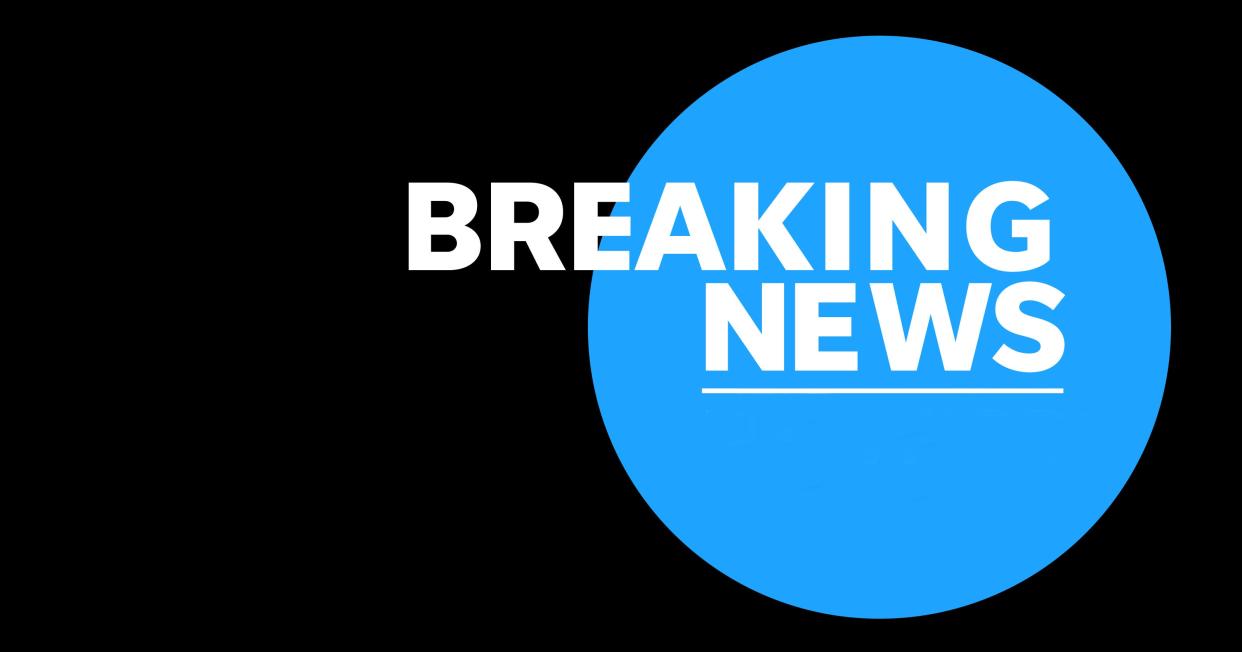North Korea fired over 200 artillery shells near disputed sea boundary

- Oops!Something went wrong.Please try again later.
SEOUL, South Korea — North Korea fired artillery rounds Friday near its disputed sea boundary with South Korea in violation of a fragile 2018 military agreement, officials said, prompting the South to plan similar drills.
North Korea’s front-line maritime firing exercise was the first of its kind in about a year. Experts say North Korea will likely intensify a run of weapons tests in the coming months, escalating tensions on the Korean Peninsula ahead of the South’s parliamentary elections in April and the United States presidential election in November.
South Korea’s Joint Chiefs of Staff said North Korea fired 200 rounds in the waters north of their disputed western sea boundary. It said South Korea suffered no damages.
Joint Chiefs of Staff spokesperson Lee Sung Joon told a televised briefing that the North’s artillery firing was “an act of provocation that threatens peace and heightens tensions on the Korean Peninsula.” Lee said South Korea strongly urges North Korea to stop provocations.
He said South Korea’s military will take an unspecified step in response to the North’s artillery firing while closely monitoring North Korean moves in close coordination with the United States.
Lee didn’t elaborate what corresponding step South Korea would take. But residents of South Korea’s front-line island of Yeonpyeong said the South Korean military has asked them to evacuate because it plans to launch maritime firing drills later Friday.
The Koreas’ poorly marked western sea boundary witnessed bloody naval clashes in 1999, 2002 and 2009. The North’s alleged torpedoing of a South Korean warship killed 46 South Korean sailors in March 2010, and the North’s artillery bombardment of Yeonpyeong Island killed four South Koreans in November 2010.
The 2018 agreement requires the two Koreas to halt live-fire exercises and aerial surveillance in no-fly and buffer zones that they established along their border. But the deal is in danger of collapsing after the two Koreas began bickering since the North’s first successful military spy satellite launch in November.
South Korea accused North Korea of restoring front-line guard posts that it had dismantled under the 2018 deal, after South Korea resumed front-line aerial surveillance in protest of the North’s satellite launch. South Korea also accused North Korea of violating the deal numerous times with firing drills at the buffer zones, including one as recently as December 2022 off the Korean Peninsula’s east coast.
North Korean leader Kim Jong Un fired off fierce, derisive rhetoric against South Korea in a key ruling party meeting at the end of December. Kim called South Korea “a hemiplegic malformation and colonial subordinate state” whose society is “tainted by Yankee culture.”
He said South Korea must not be considered as a partner for reconciliation or unification, and ordered the military to use all available means — including nuclear weapons — to conquer South Korea in the event of a conflict.
“North Korea is now in the stage of finding a justification for provocation after scrapping the 2018 military agreement,” said Lee Sang Sook, a research professor at the Institute of Foreign Affairs and National Security. “There is a possibility for North Korea to ramp up provocation steadily, so big and small provocations along the western sea boundary and the land border are expected this year.”
Earlier Friday, North Korea’s state media said Kim ordered authorities to increase production of mobile launch vehicles for missiles because the country faces a looming military showdown with its enemies.
The official Korean Central News Agency said Kim made the comments during a visit to a factory that produces transport erector launchers, or TELs, without saying when he went or where the factory is.
TELs are mobile launch vehicles, which give North Korea the ability to move missiles around its territory. This makes it more difficult for adversaries to detect launches in advance. Some South Korean experts have estimated that North Korea has about 100-200 such vehicles.
Kim said the factory’s role is “very important” in bolstering North Korea’s national defense “given the prevailing grave situation that requires the country to be more firmly prepared for a military showdown with the enemy,” KCNA reported.
“He took an important measure for expanding the production capacity of the factory,” it said.
Experts say Kim is likely to increase weapons tests ahead of the U.S. presidential election in November because of a belief that a boosted military capability would increase his chances of wresting U.S. concessions if former President Donald Trump is reelected.
In the recent ruling party meeting, Kim also vowed to expand the country’s nuclear arsenal, launch three additional military spy satellites and take other steps to build up the military this year to acquire “overwhelming” war readiness to cope with what he called U.S.-led confrontation, citing the expansion of U.S.-South Korean military drills that sometimes involve U.S. long-range bombers and a nuclear-armed submarine.
This article originally appeared on USA TODAY: North Korea fires over 200 rounds near western sea boundary

